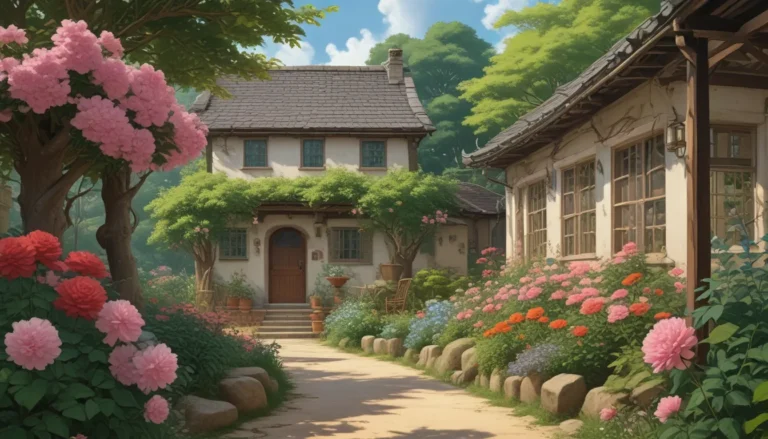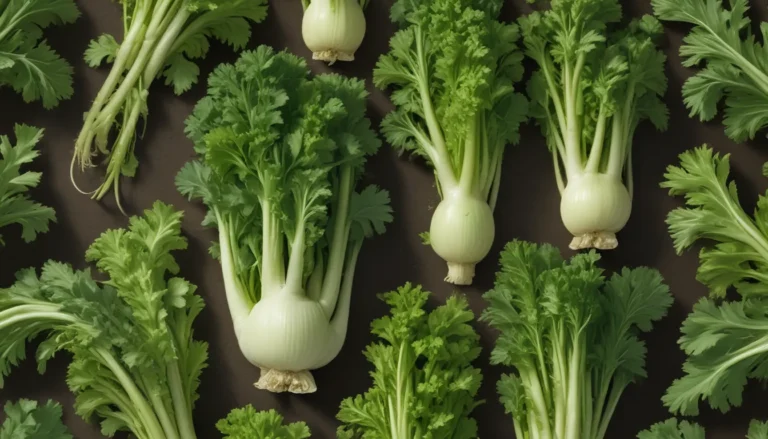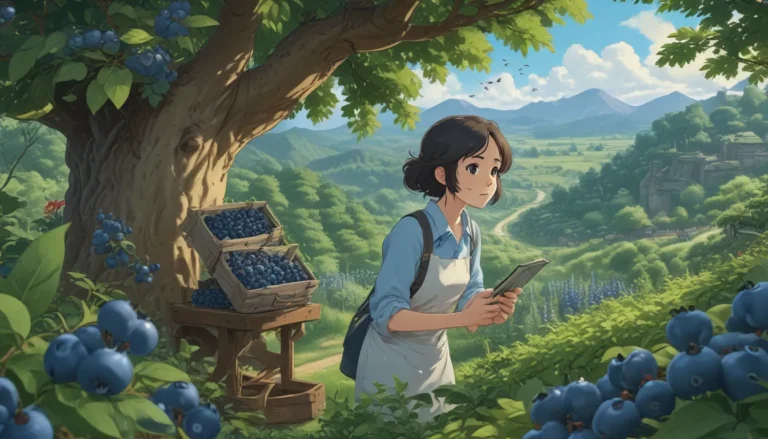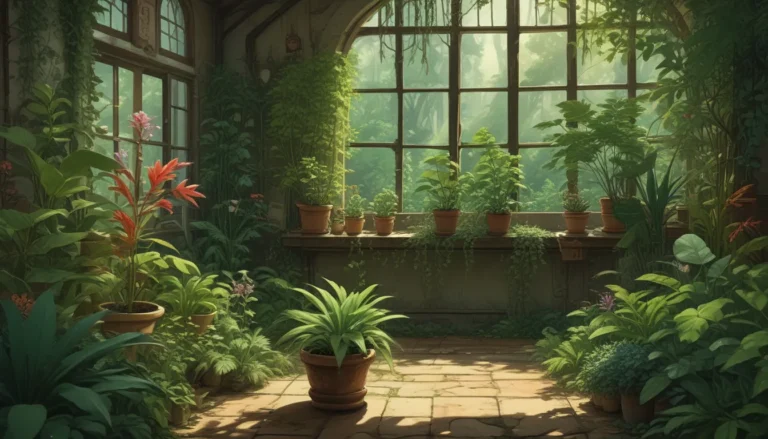A Comprehensive Guide to Harvesting and Saving Foxglove Seeds
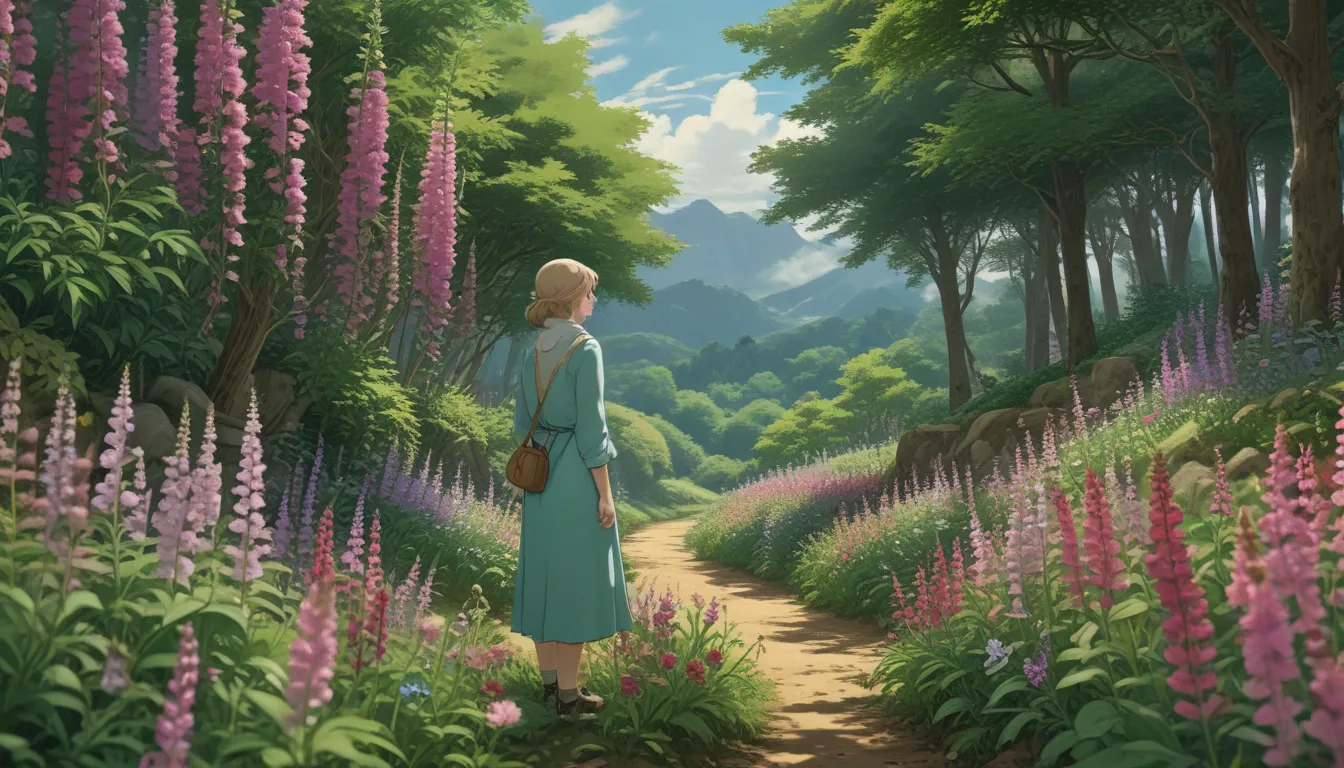
Are you looking to add a touch of elegance and charm to your garden? Look no further than the beautiful foxglove flower. Not only are these flowers deer-resistant, making them a perfect addition to any garden, but they also provide a haven for pollinators. With their stunning blooms and vibrant colors, foxgloves are a must-have for any garden enthusiast.
In this guide, we will walk you through the process of harvesting and saving foxglove seeds. Whether you’re a seasoned gardener or a beginner looking to expand your garden, this guide has everything you need to know to save and share these beautiful blooms with your friends and neighbors.
What You’ll Learn
- Foxglove Pollination
- How to Harvest Seeds
- How to Store
Foxglove Pollination
Foxgloves are a favorite among bumblebees and other pollinators due to their wide flowers that provide easy access to nectar. These flowers have both male and female parts, with the male part shedding pollen before the female part is receptive. This unique system encourages cross-pollination between plants, resulting in a diverse range of seeds.
Each foxglove plant can produce up to two million seeds, making them a generous seed producer. To ensure the purity of the seeds, isolate one variety from others. Most resulting seeds will bloom true to the parent, giving you a consistent and vibrant display of colors in your garden.
Once the capsules are dry and the contents mature, foxgloves self-sow easily. To control where the future plants grow, collect the capsules before they split and spill the seeds. This simple step will help you maintain a tidy and organized garden.
How to Harvest Seeds
Foxgloves bloom from the bottom of the stalk upwards, with the lower flowers maturing and producing seeds first. It’s essential to let the seeds dry and mature on the plant as much as possible before harvesting. The stalks should be faded and crispy before you collect the seeds.
To ensure you capture all the seeds, cover each stalk with a paper bag as the capsules may split open once they’re mature. Once the capsules are dry, shake them inside the bag to remove any remaining seeds. Alternatively, you can cut the stems early and store them in a shoebox or paper bag to finish drying.
Properly storing the seeds is crucial for their viability. After drying completely, store them in an airtight container or wax-coated paper envelope in a cool, dark place. Label the container with the plant type and date collected to keep track of your seeds.
How to Store
Storing foxglove seeds correctly is essential to ensure their viability. After drying completely, store them in an airtight container or wax-coated paper envelope in a cool, dark place. Label the container with the plant type and date collected to keep track of your seeds.
Since each plant can produce a significant number of seeds, you will have plenty of potential plants to grow in the future. Whether you choose to sow them indoors or broadcast them outdoors to expand your foxglove patch, proper storage will ensure successful germination when the time comes.
Colorful Spires
The tall, bright flower spikes of foxglove plants and the pollinators they attract make them a valuable addition to any garden. By following the simple steps outlined in this guide, you can easily harvest and store foxglove seeds to share with friends and neighbors. With their stunning blooms and vibrant colors, foxgloves are sure to brighten any garden.
Are you ready to save and share seeds from your own plants? Let us know in the comments below if you’ve tried this before.
To help you sow and grow foxgloves in your garden, find more information in these guides:
- How to Grow and Care for Common Foxglove
- 11 of the Best Foxglove Varieties for Your Garden
- How to Overwinter Foxgloves
Whether you’re a seasoned gardener or a beginner looking to expand your garden, foxgloves are a beautiful and versatile plant to grow. By following these simple steps, you can enjoy a colorful display of flowers and contribute to pollinator conservation in your garden. Happy gardening!

